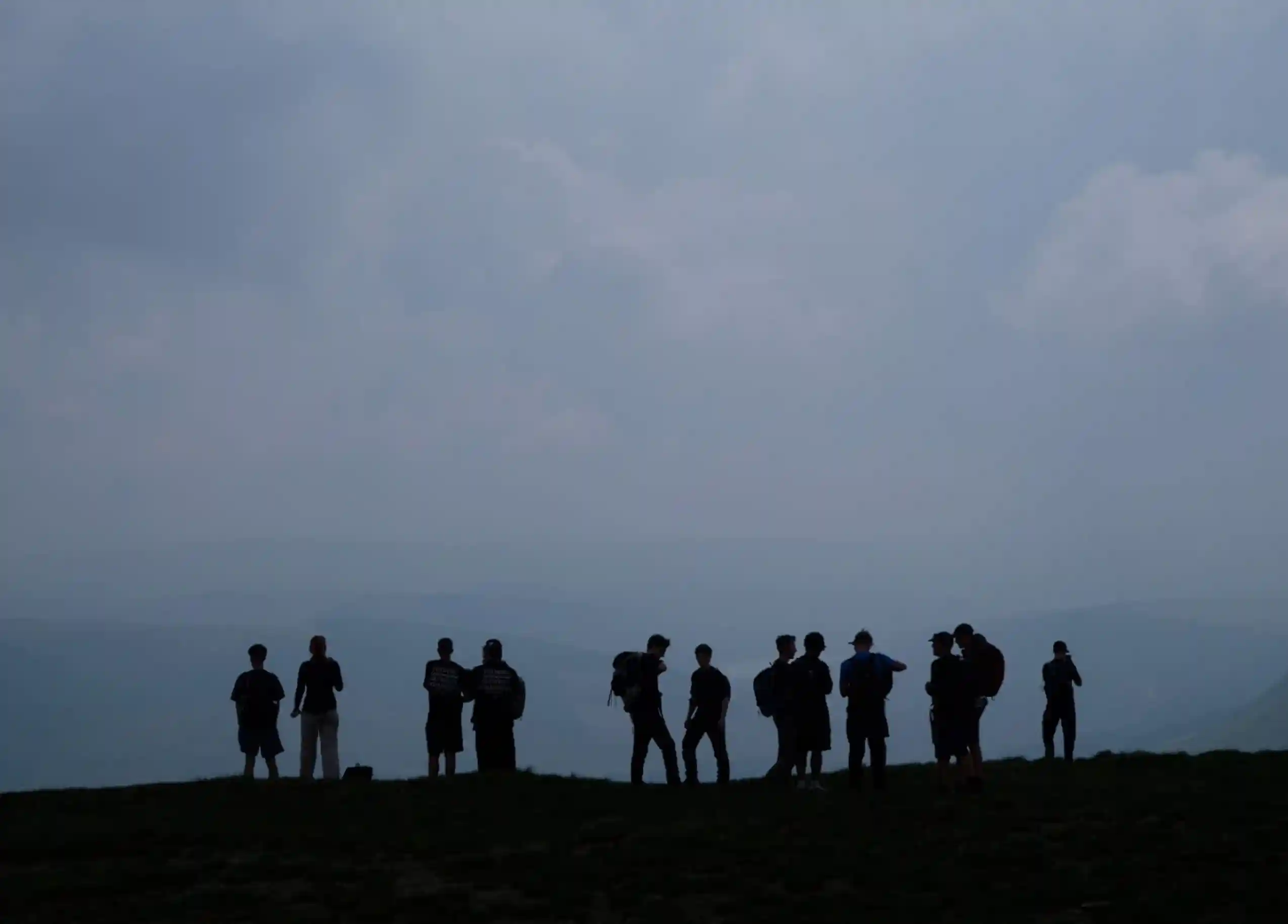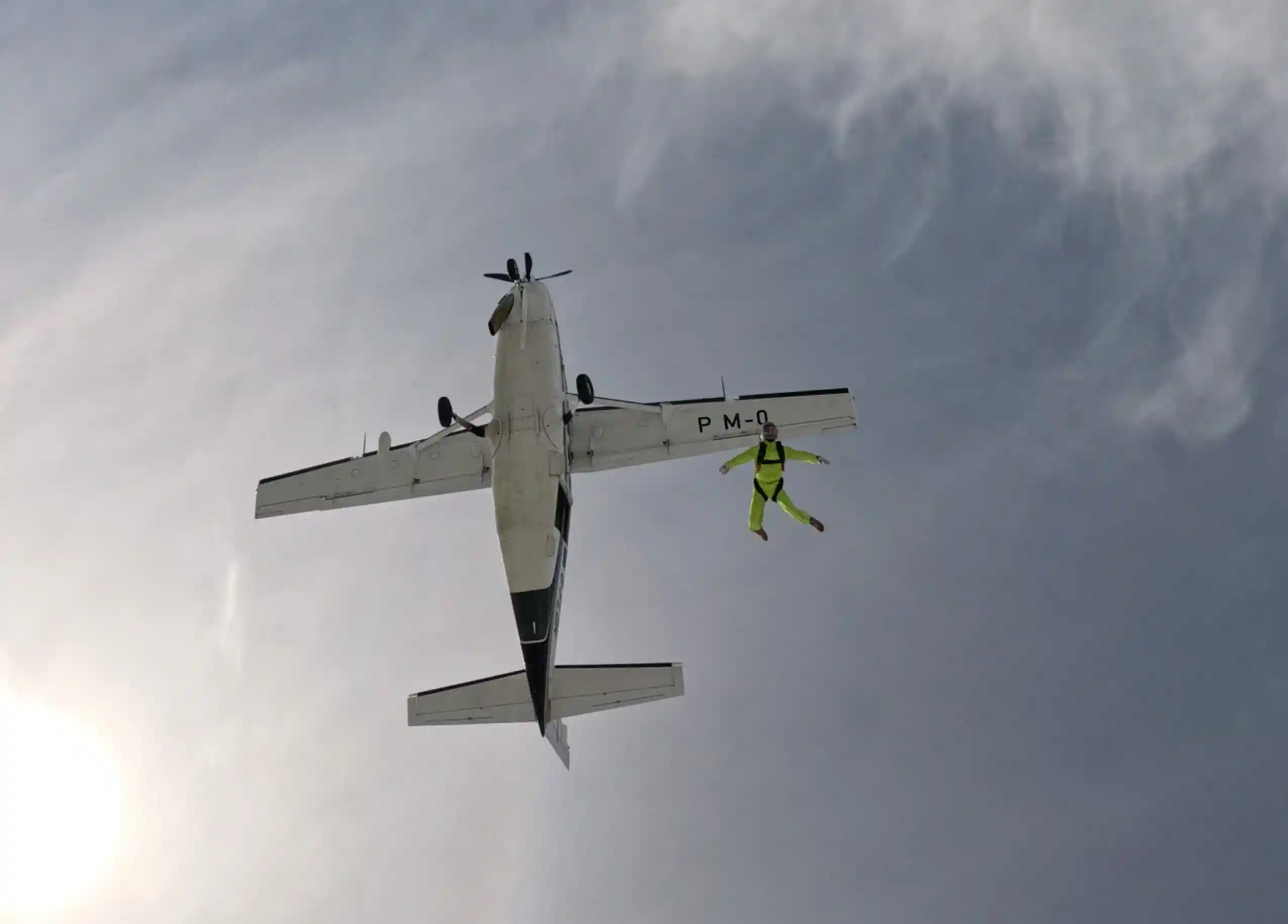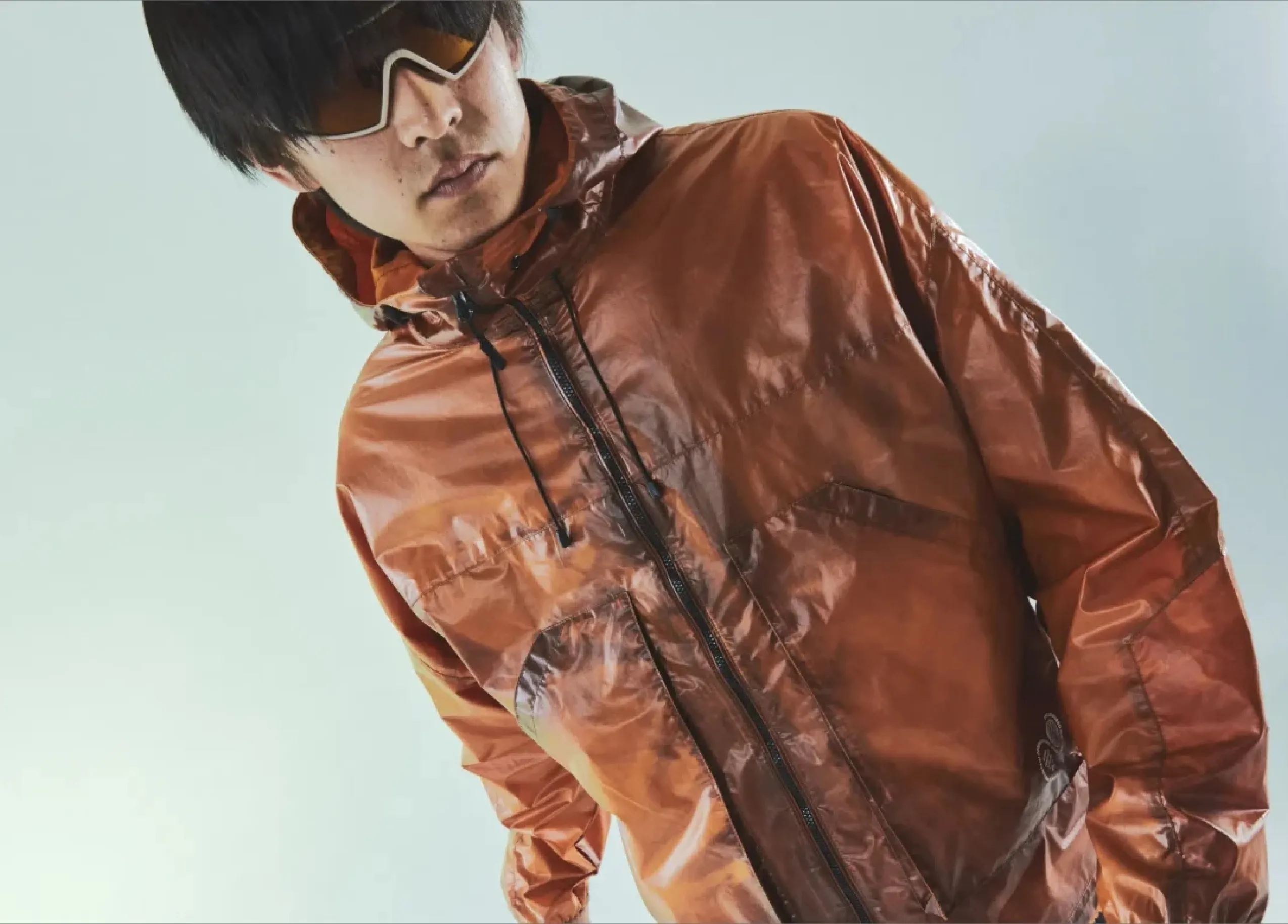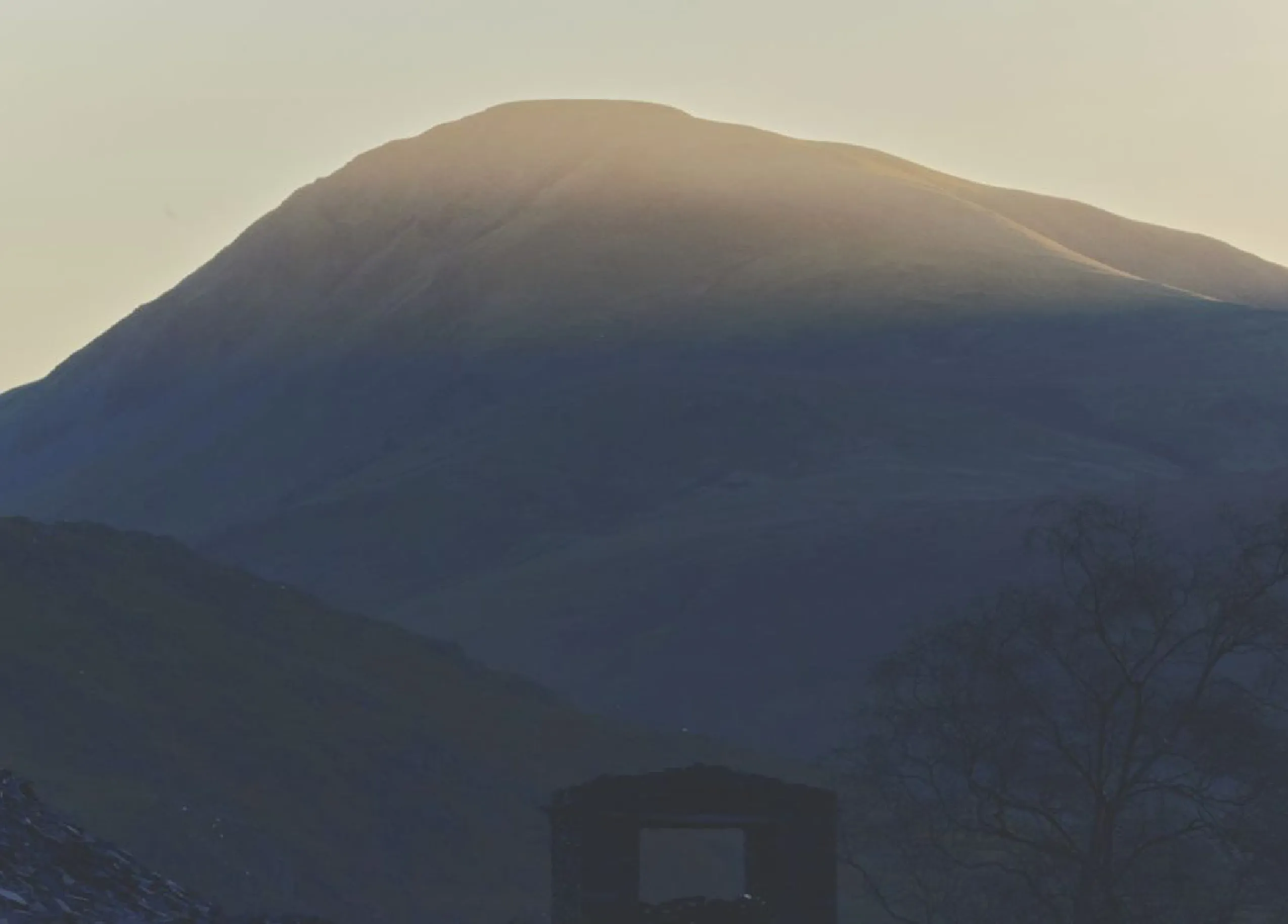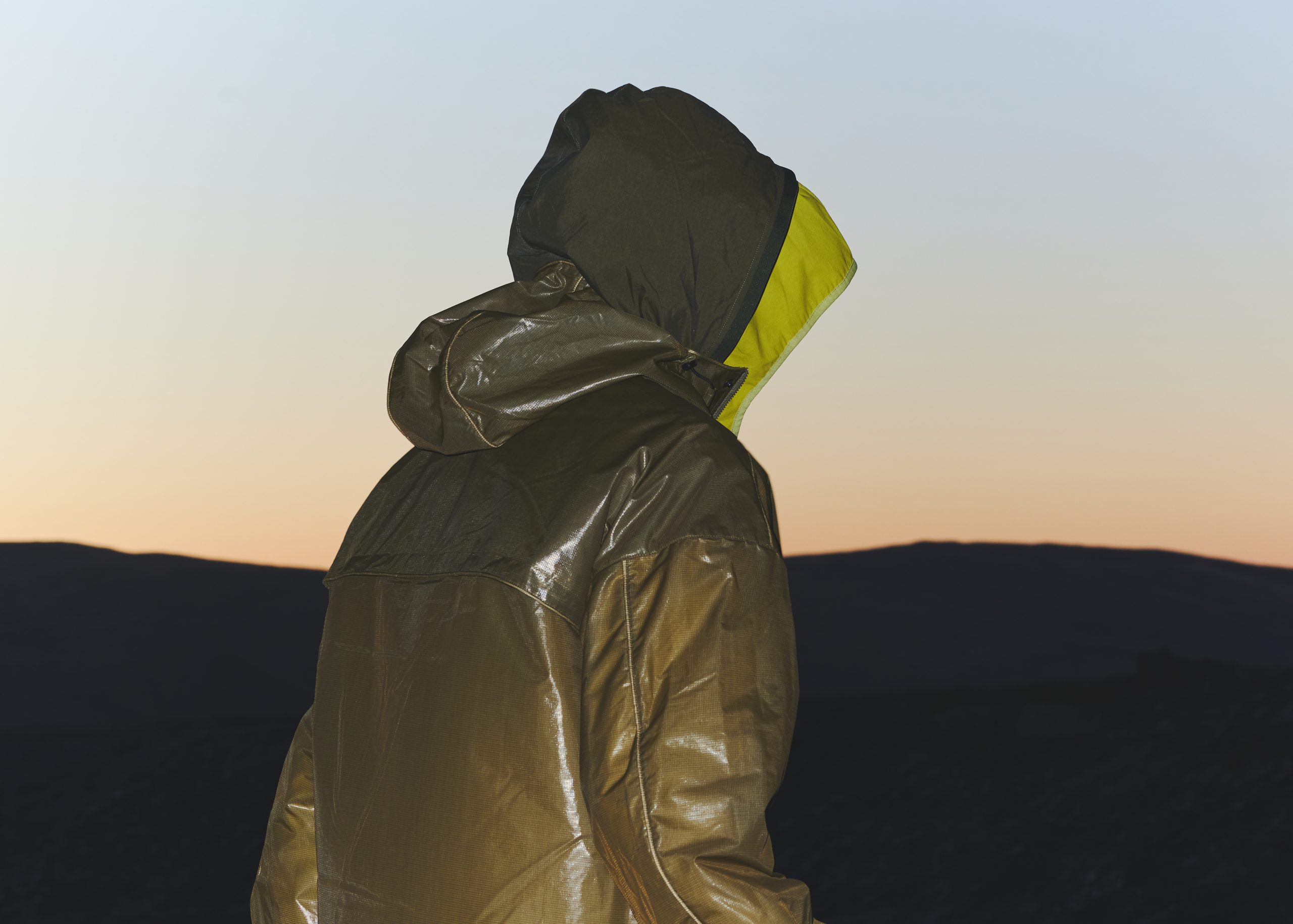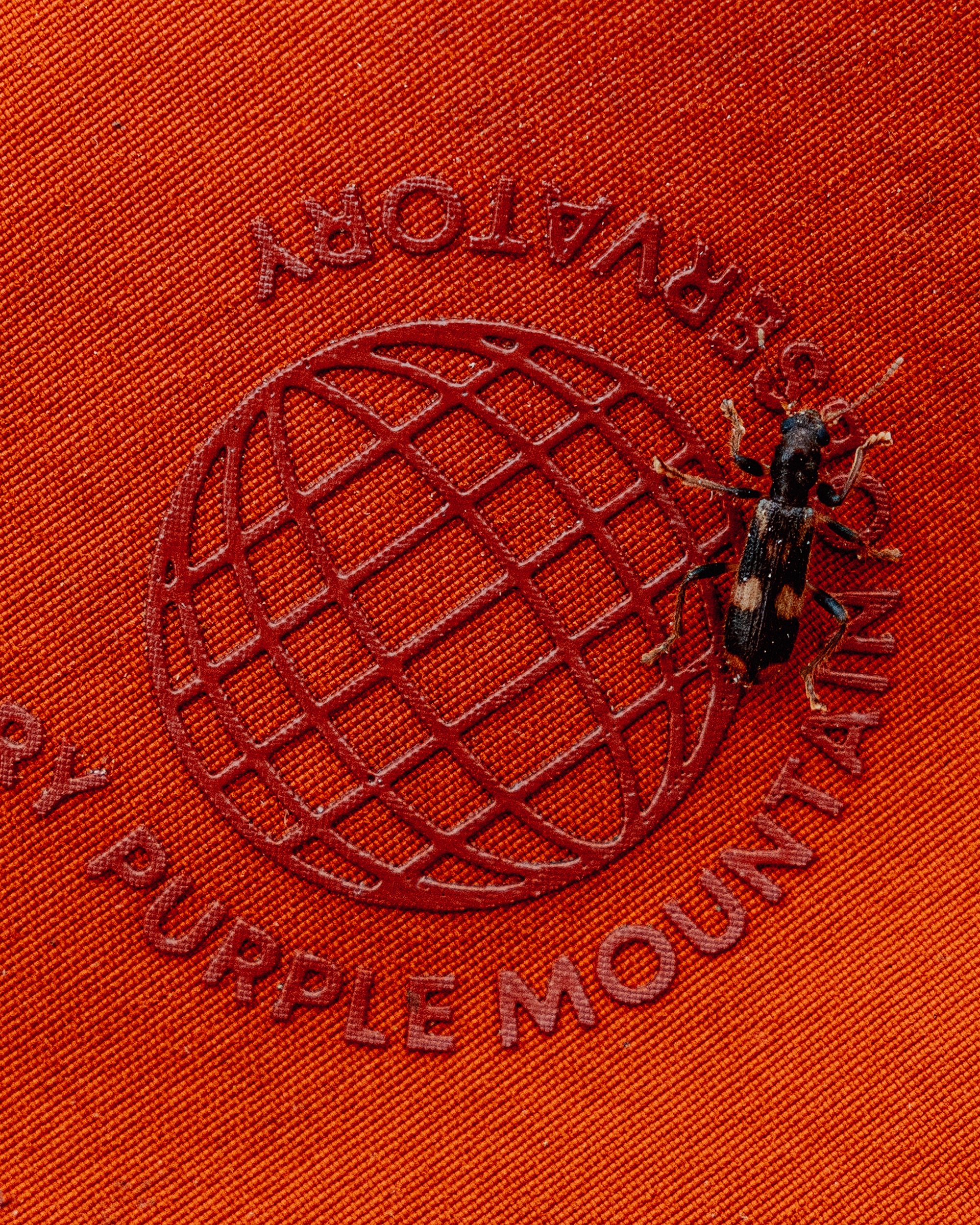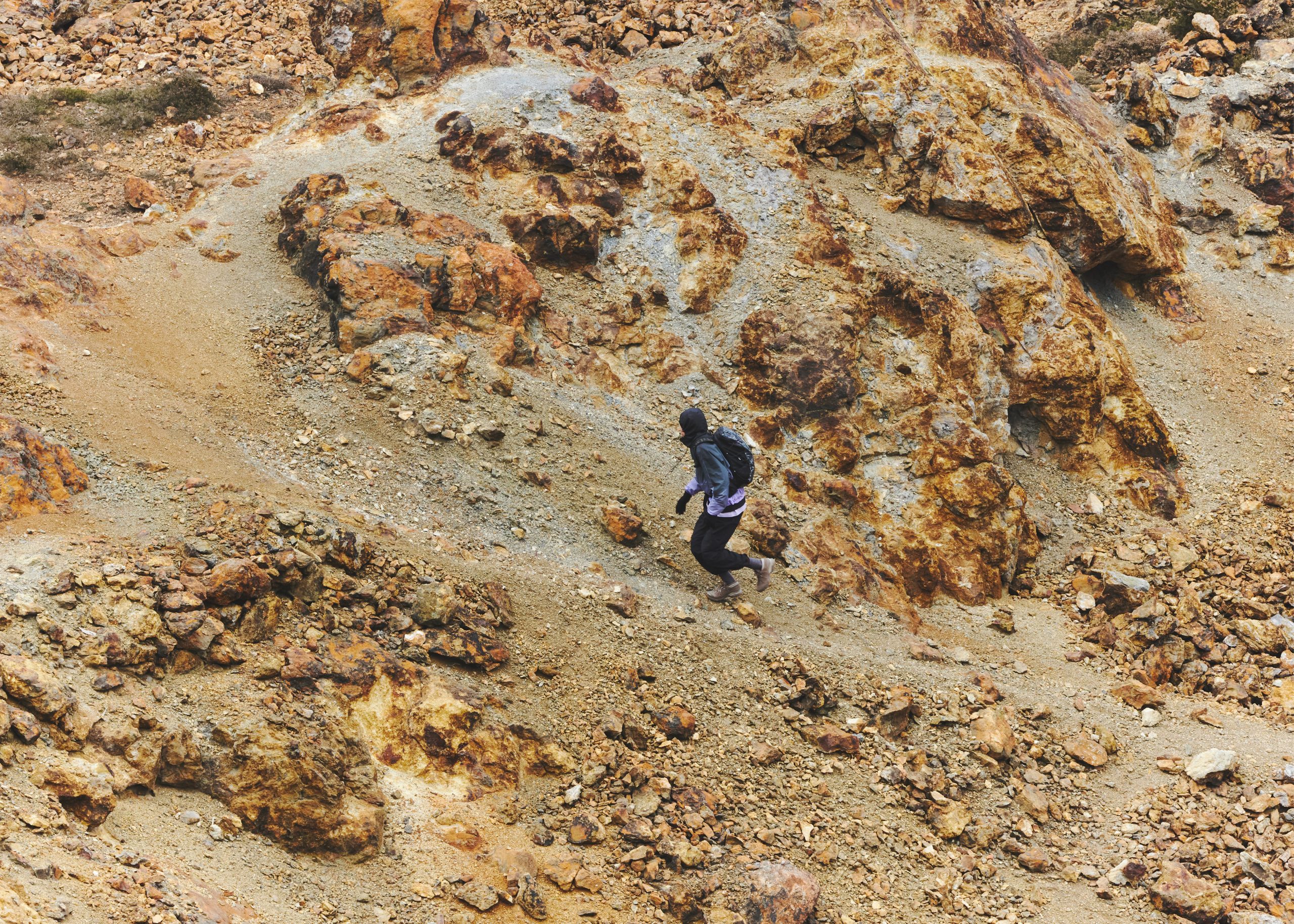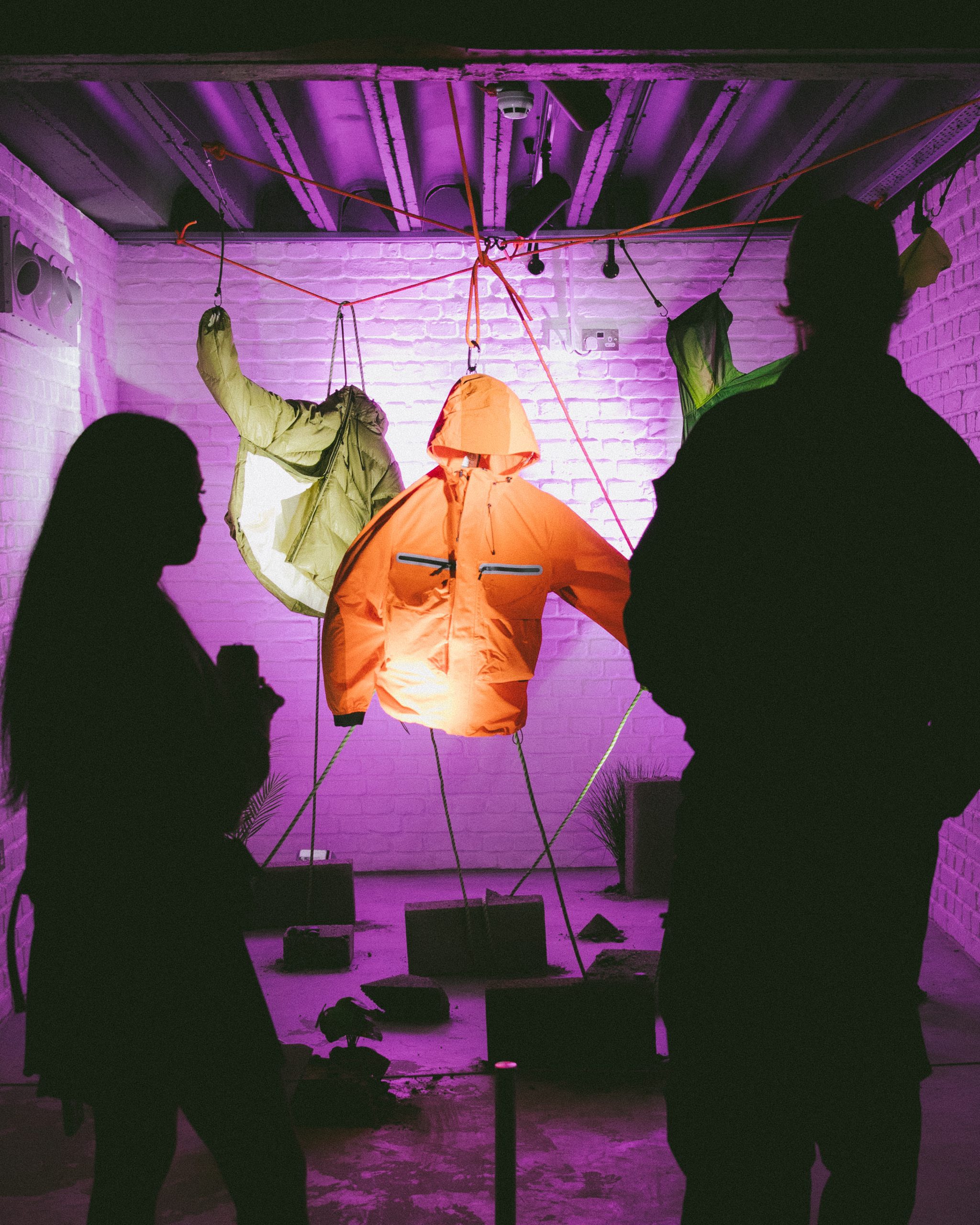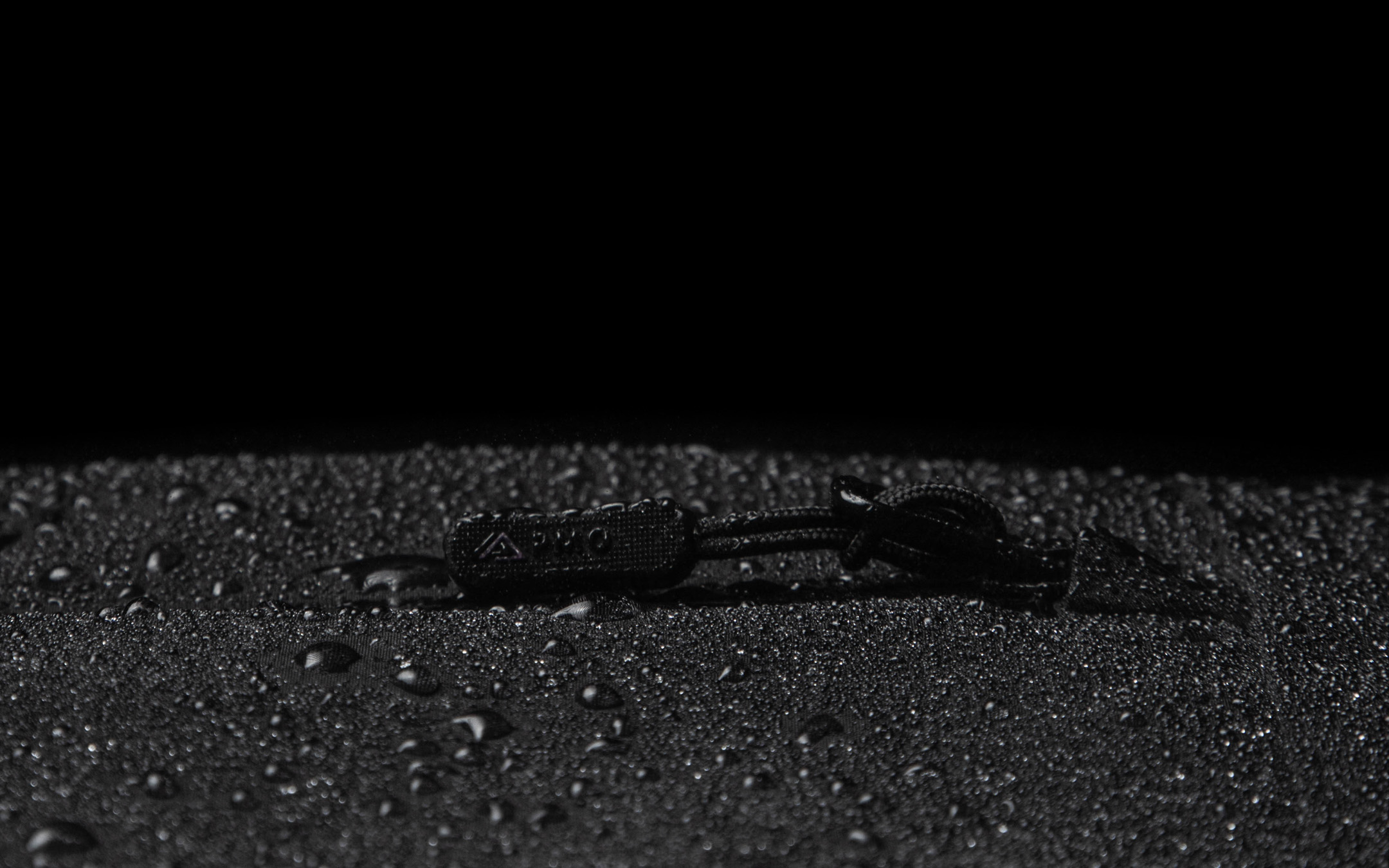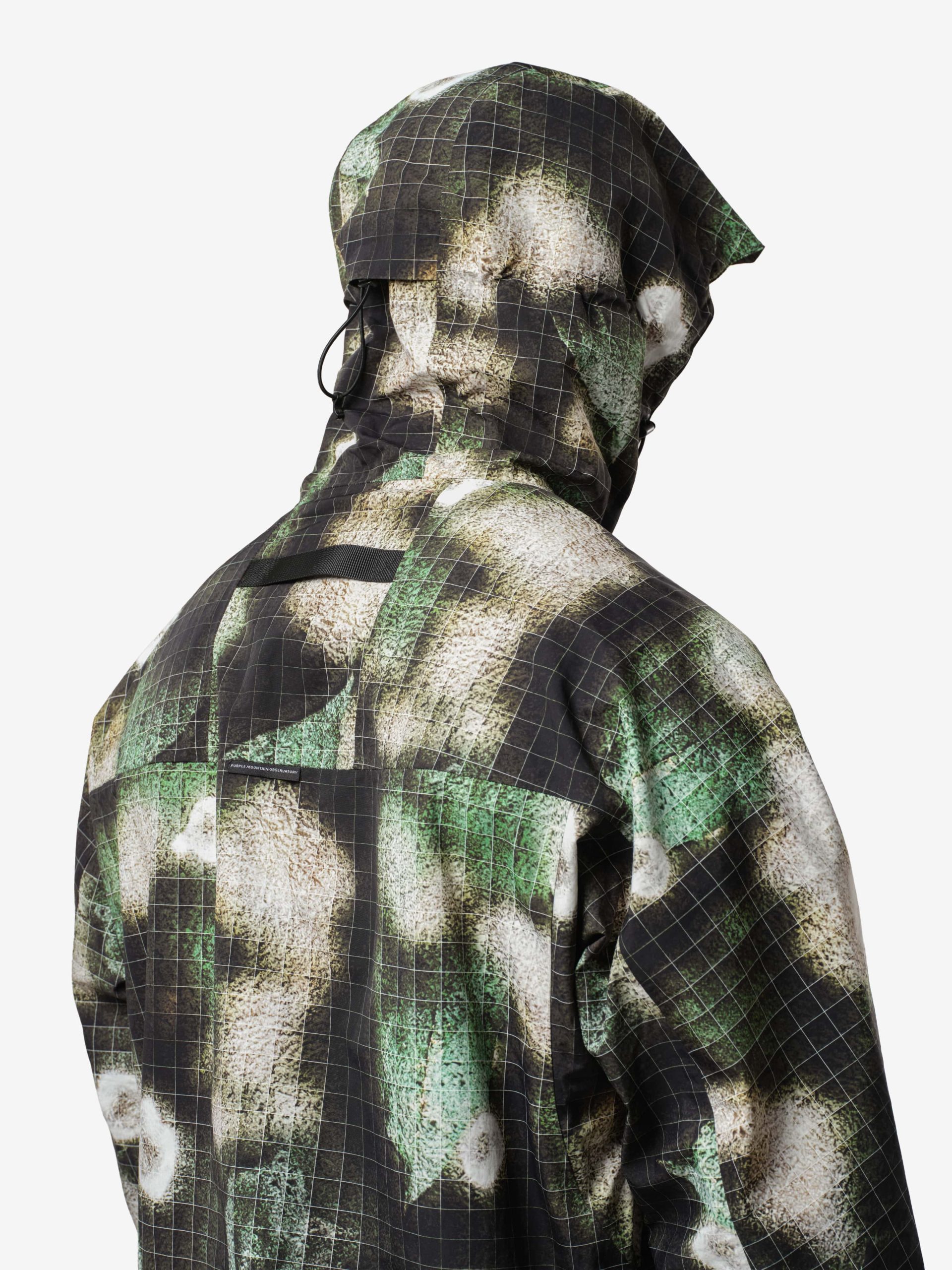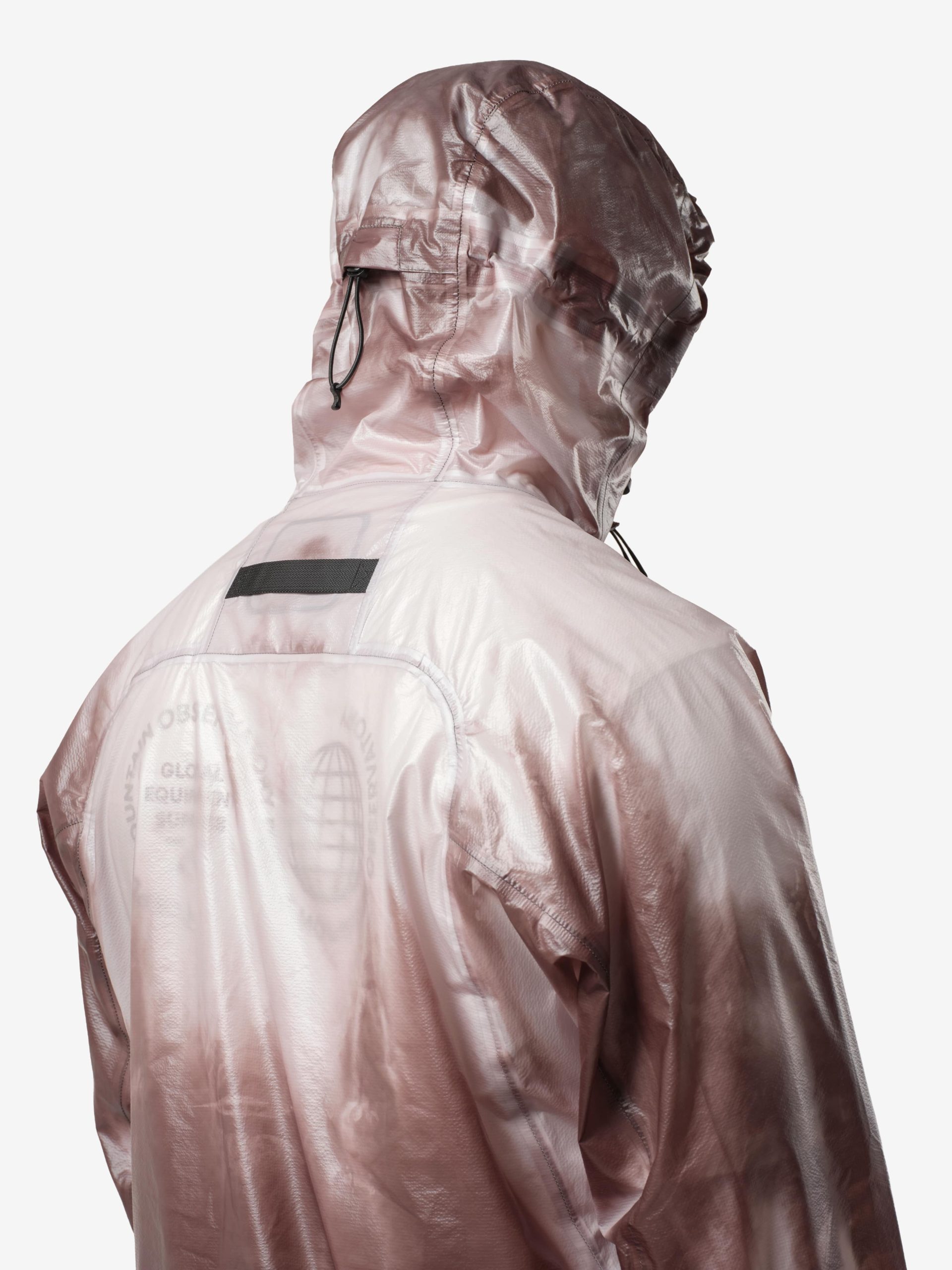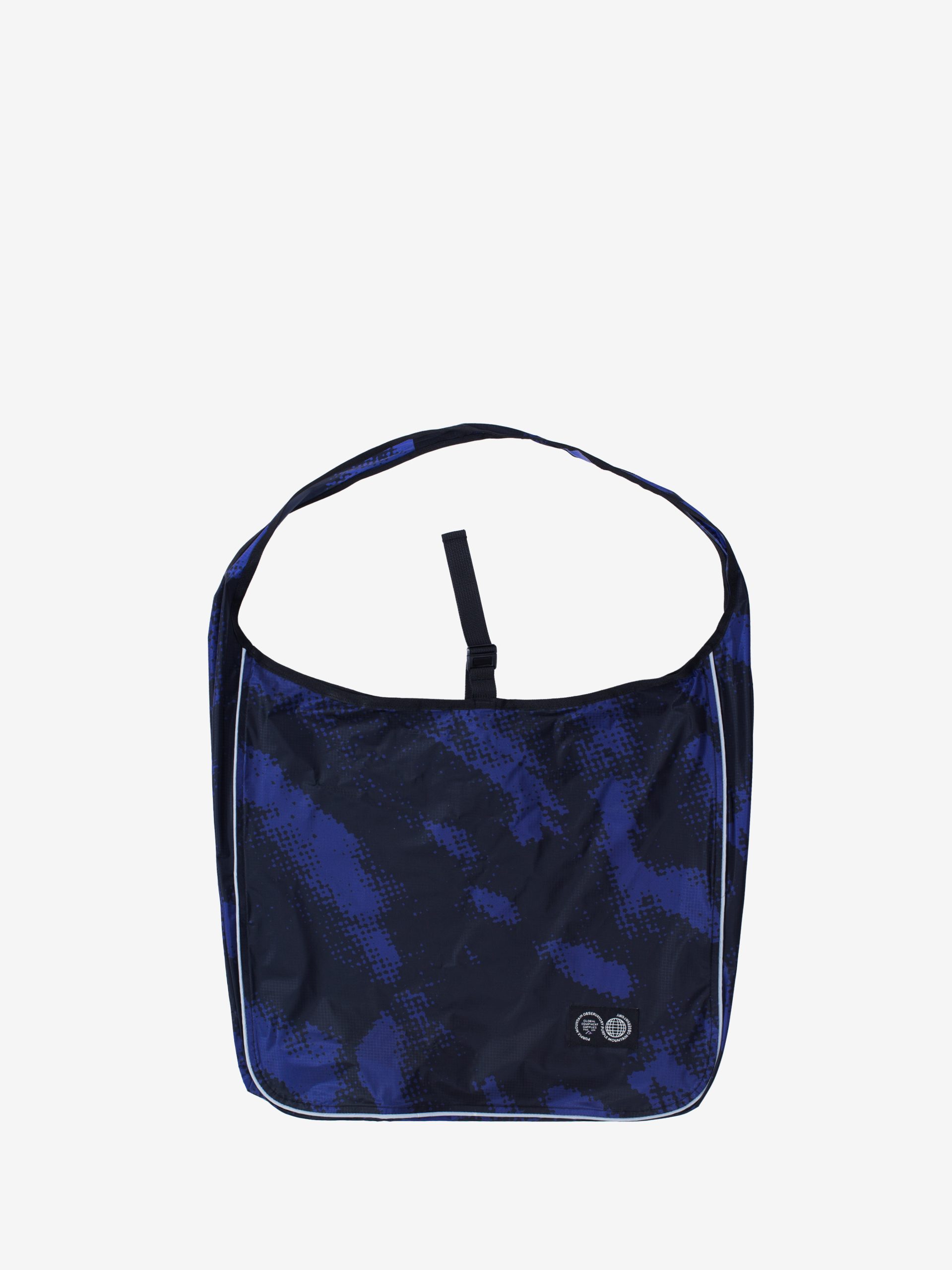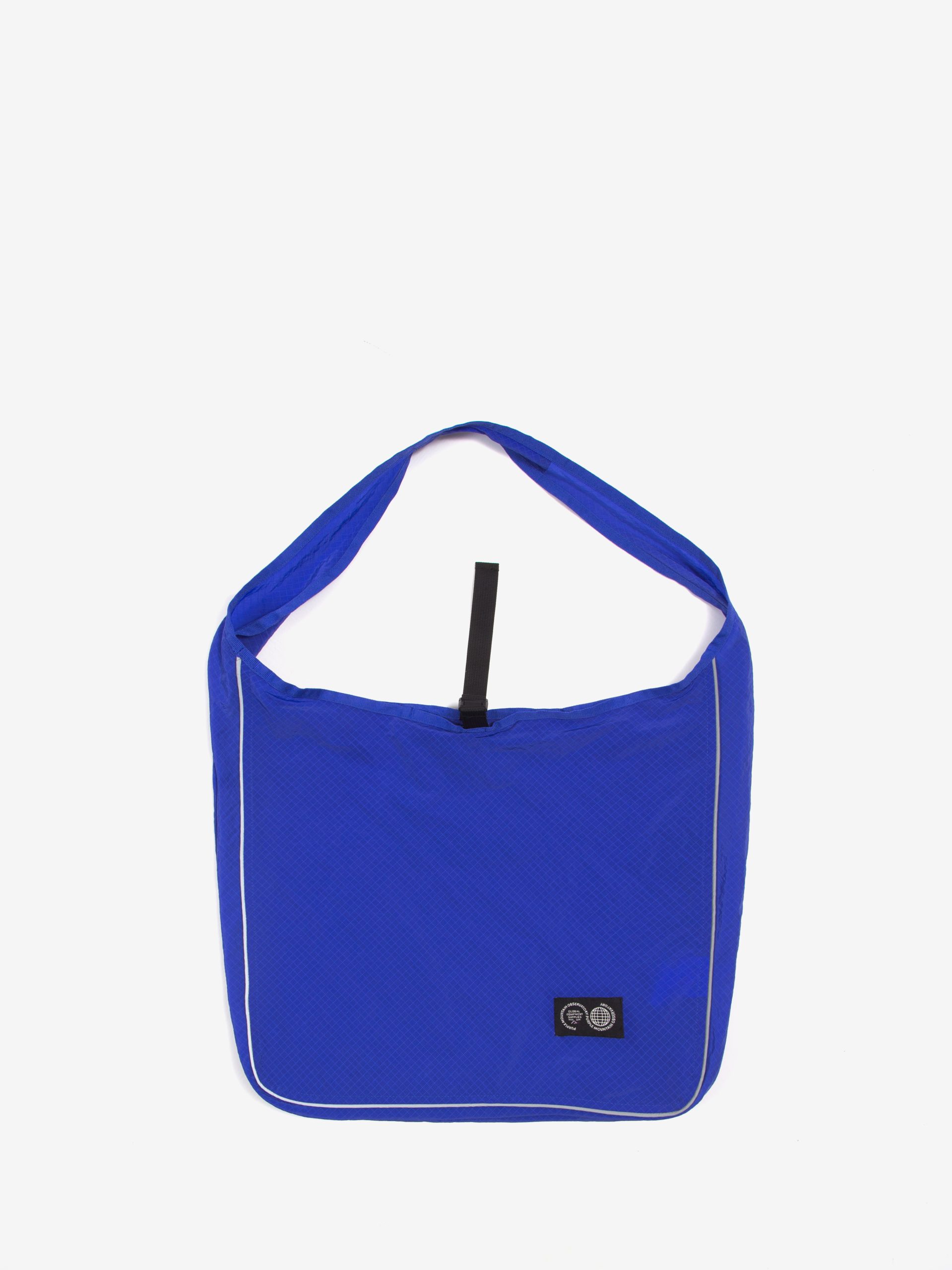FIELD REPORT : JAIMUS TAILOR
‘Field Report’ is an editorial series hosted in collaboration with Purple Mountain Observatory and Ali George Hinkins. It seeks to showcase members of the wider creative community in PMO gear in their chosen field, whether a literal field, a modern cityscape, a workshop, or a studio space. We aim to delve deeply into the subject’s interests, outlets, and disciplines while showcasing the brand’s Spring/Summer ’25 collection, highlighting how it has transcended its outdoor roots.
Each series of Field Report throughout Spring/Summer will take place in a different UK city, highlighting the variety of talent and creativity in the country. With Manchester ticked off our proverbial list, we head down south to the country’s capital, London, and the home of Purple Mountain Observatory.
Jaimus Tailor kick-starts our London sessions as we connect with the creative behind Greater Goods, a one-stop shop for design projects filtered through a sustainable lens. Starting in 2018, Jaimus launched with the mission statement ‘Nothing into Something’, which manifested in jackets destined for landfill being turned into functional bags and accessories. This is merely the tip of the Greater Goods iceberg, but crucial in understanding its framework and the process that informs Jaimus’ flow.
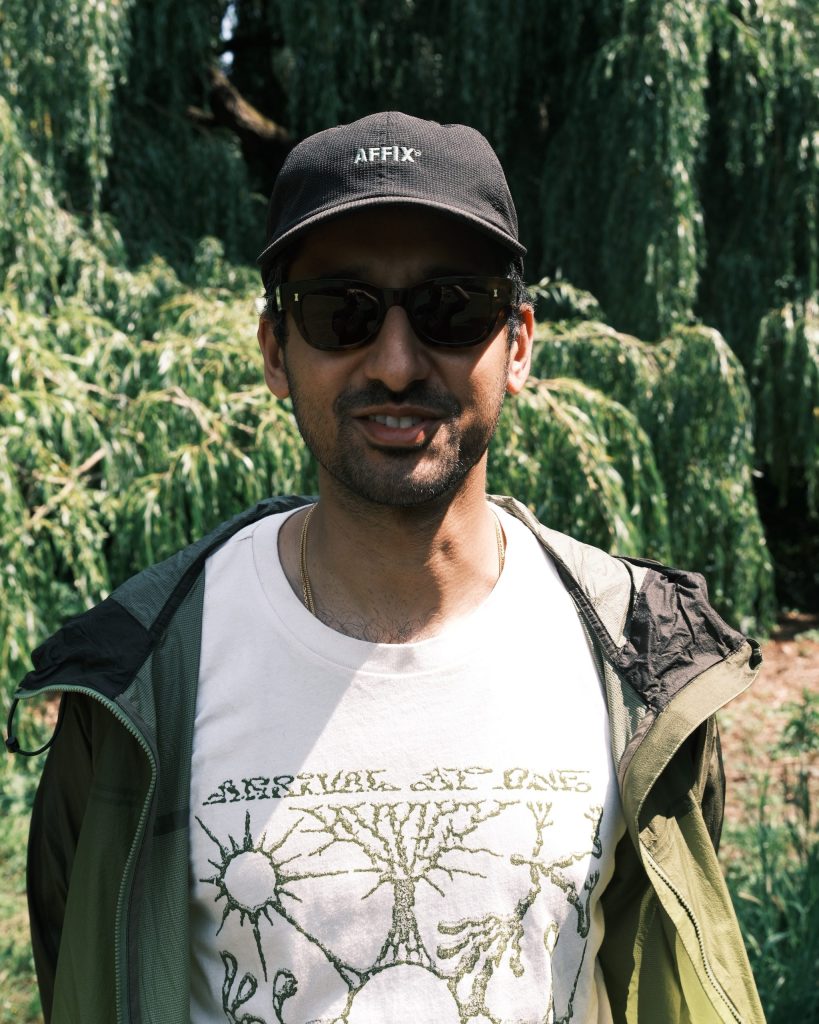
PRODUCT MEETS PEOPLE.
While Jaimus dives straight in, there is no harm in some external context. A graphic designer by trade with no traditional schooling in fashion, Jaimus holds the ingredients for a true creative: someone not bound by convention, but curiosity. Today, Greater Goods is a creative design studio that boasts previous clients like Arc’teryx, Nike, Gramicci, and more, while raising money for charities through auctioning products and finding the time to run initiatives for the community that seek to educate people.
Read on as we learn about the designer’s background, finding a balance between personal projects and client work, and how he envisions a collaboration with PMO would play out…
PMO: How did you start out? What’s your background in fashion?
JT: So, I don’t have a fashion background despite my surname being Tailor. I studied Graphic Design at university and have always enjoyed physical mediums such as print and woodwork. It was in 2019 when I got my first sewing machine and started to make simple bag designs in my bedroom as a way to learn. I was cutting up garments and learning as I went along. I’ve always been focused on process; the end result or idea is one thing, but everything in between is just as necessary. I’ve been sewing for 5 years and am still learning new techniques from friends and online.
PMO: What did you learn by deconstructing jackets? Did it teach you an unconventional way to approach design? Starting by studying something that already exists.
JT: It taught me most of what I know; it’s just creative problem-solving and reverse engineering. I find it’s a very accessible way of learning and also a logical way to learn something new. I’m not very good with books and words, so I am more hands-on and visual. Deconstructing existing products feels like the perfect way for me to learn, and I highly recommend it to anyone looking to learn how to sew.
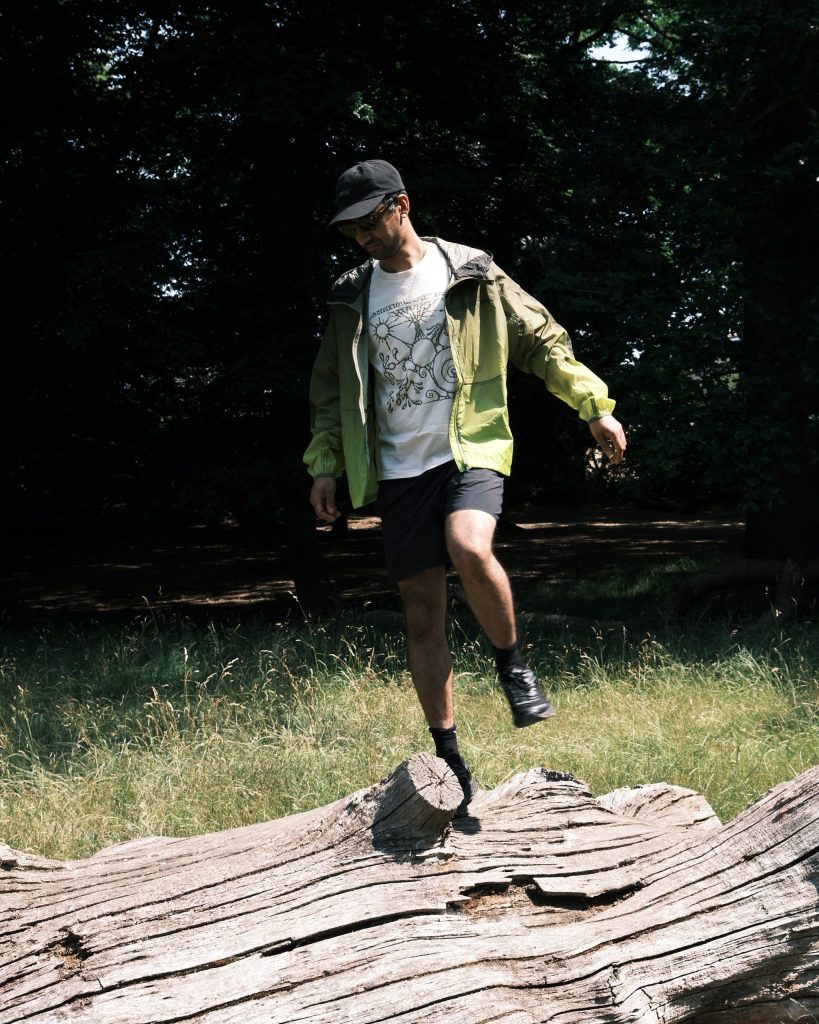
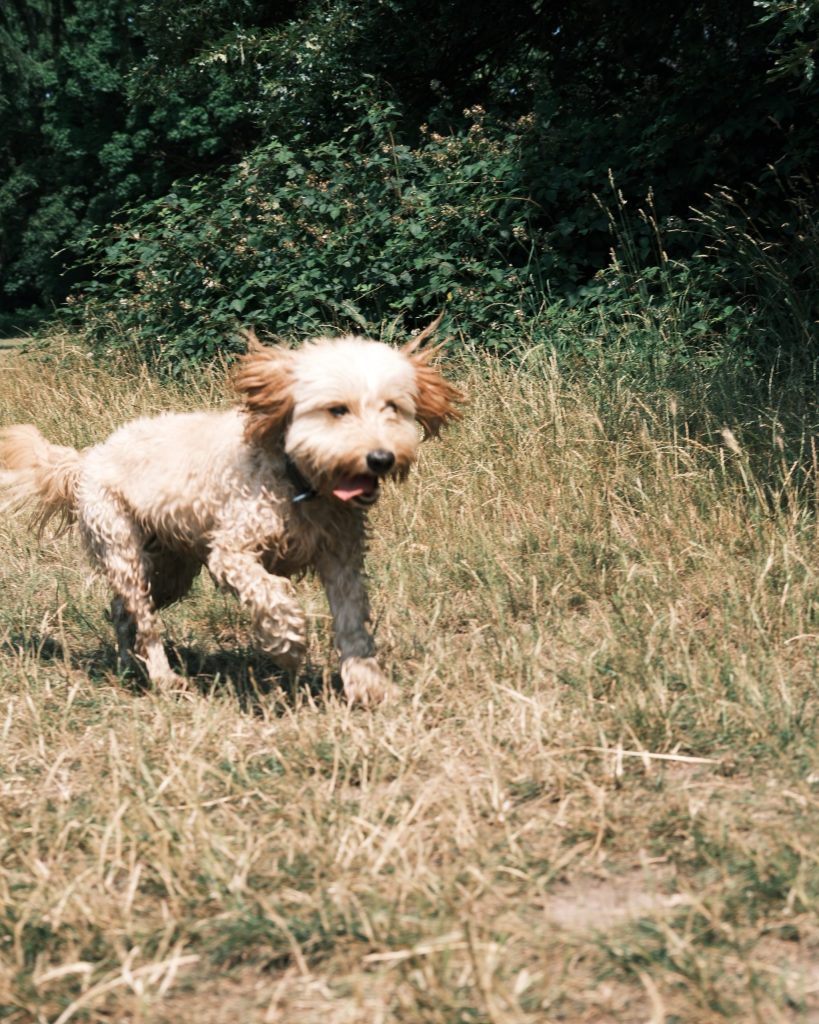
PMO: You have worked across several creative mediums, from jackets and bags to footwear. How do you approach each project? Do you have a general process and start from a specific point each time, regardless of the end goal?
JT: There’s no solid blueprint for my workflow, as the mediums are often very different. That being said, as the studio is very small, all the ideas come from the same minds, so we usually find a logical starting point, whether deconstructing and freestyling or sketching and concepting the outcome first. We like having some kind of brief, whether that’s set in the form of a desired outcome or purely by the materials that we have been provided with.
PMO: Do you still get much time to work independently and create something for yourself that isn’t influenced by a brief or deadline?
JT: I will always make room for personal work. I put a lot of importance on self-initiated projects; it’s where all the learning and idea exploration really happens. Greater Goods began because of multiple self-initiated projects and maintaining a level of curiosity.
PMO: Do you ever start making something and then think of a specific brand it could be for, and then reach out to them?
JT: All the time! Going back to the personal projects, it’s a way for us to trial concepts and if they work out well, we often have a good idea of collaborators that it could align well with.
PMO: I imagine there are a lot of projects you work on that don’t see the light of day. Is there a cool one that you have never shared? Do you ever feel the need to keep some stuff to yourself?
JT: We’ve often produced some incredible pieces, but we’re just slow to share them. For example, we’ve got a project going live next week that we created in our studio in 2023…
On a personal note, I do feel it’s important to keep some projects private, purely just to keep grounded and not need that dopamine hit from likes and engagement. I made myself a pair of trousers recently and I love them, it’s a combination of 4 of my favourite pants made from a cotton twill and dense woven Italian cotton that I hand dyed. I was planning on sharing them but decided against it as I just want to enjoy them and be able to chat about them if a friend sees me wearing them.
PMO: What has been your favourite personal and work project?
JT: Personally, there have been many favourites, the first that comes to mind is the recent Vincent Van Gore-Tex piece we made. My colleague Lucas and I have a board full of concepts, and creating an art piece from scrap fabrics, really showcasing how upcycling can be perceived in a new lens, has been pinned on our board for a while. We had some space in the calendar, and Lucas got to work. It was a lot of sewing, like 10,000 segments of fabric each cut and sewn, but the end result is incredible… The colour accuracy and proportions are spot on.
In terms of brand projects, I enjoy all the workshops we host, connecting and teaching people how to sew, and seeing them open up a new world for people is always so rewarding.
PMO: Tell us about the drawing club you have recently started, Paperweight?
JT: Ah, yes! Thank you for asking! So, Paperweight Club is a funny one as it’s a huge full-circle moment. Before anything Greater Goods related, my life consisted of drawing. Just nonstop drawing. I was filling up sketchbooks and enjoying them, but then life got busy, and Greater Goods took up much of my creative capacity.
However, I picked up a pencil and my sketchbook recently and shared a quick snap on my IG story of something I drew, saying I want to start an art club. I meant it casually (almost as a joke), but I had such a significant response, and there was a real demand for it. I was so surprised, as drawing felt like a whole different chapter, and I could feel it coming back.
From that post, I had some great friends at Knees Up and _J.L-A.L_ offer their spaces to host, which was very kind of them. I hosted the first session at the _J.L-A.L_ studio, and I just hosted the latest session at Knees Up. All the sessions have been at full capacity, which has been amazing.
PMO: If you worked with a brand like PMO and budget was no option, what would your ideal project look like, and how would it pan out?
JT: As PMO is rooted in nature but leans into city-inspired functionality, it would be great to work on something in that hybrid space. Large tent light structures that are all interconnected setup somewhere very scenic. I’m imagining the Eden Project made from the gradient fabric of the Lime Breeze Jacket.
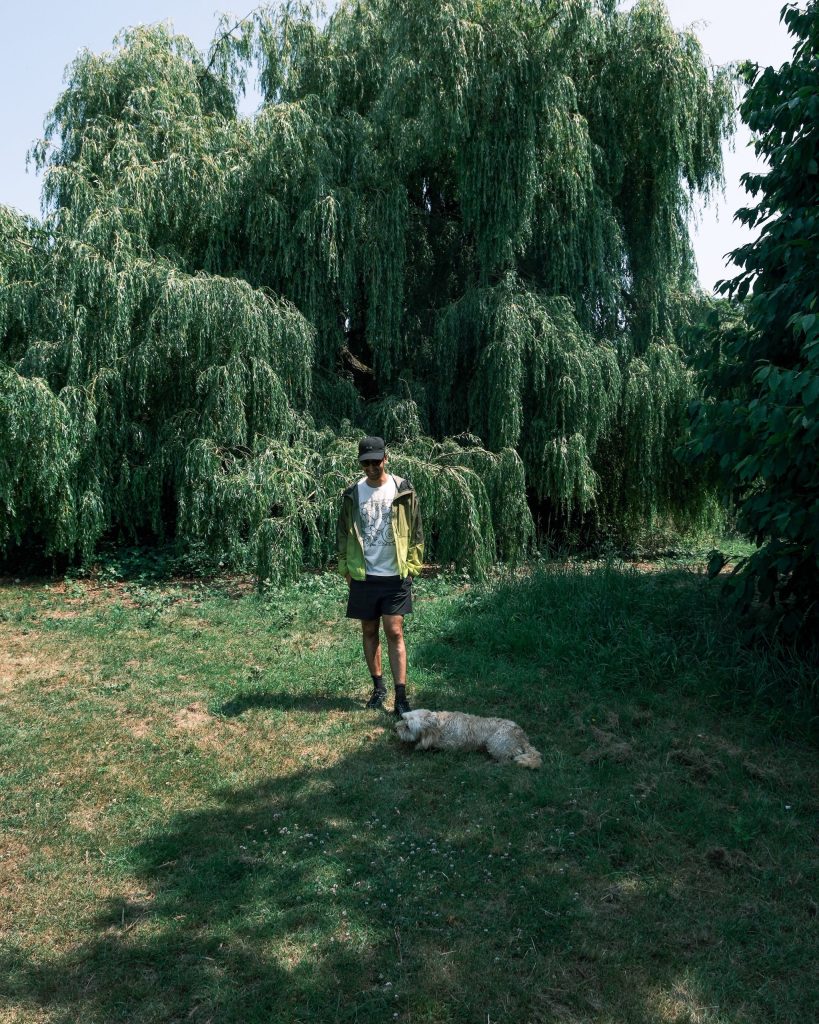
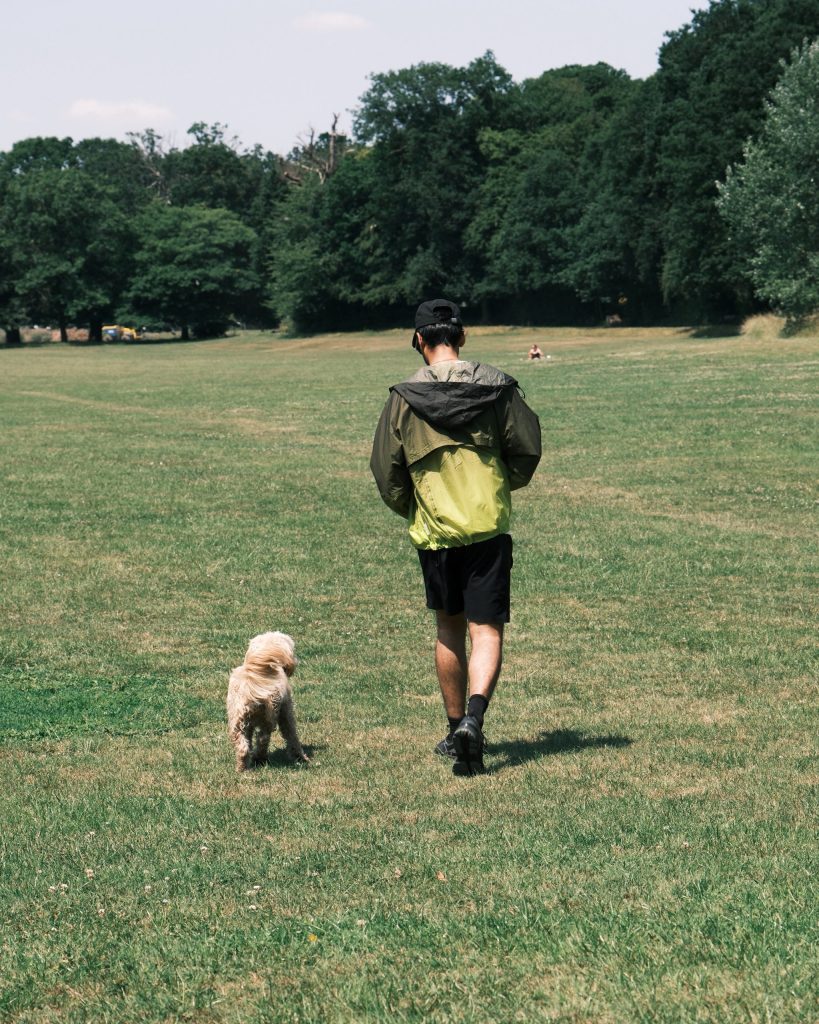
PMO: Having worked with a handful of outdoor brands, what do you look for in a piece of technical outerwear for it to function reliably and look good?
JT: It needs to be hand-in-hand; good functional design is aesthetic to me. My favourite pieces of outdoor gear are usually one colour, minimal branding with not too many pockets and a good level of finishing. It needs to be comfy on a bike, that’s my reference point for functional gear as I’m a Londoner and find myself cutting through traffic on Green Lanes more than trail running on a mountain.
PMO: As a designer, what are some unexpected challenges you have come up against, and how did you overcome them?
JT: There are challenges most weeks, to be honest. The steep learning curves and risk-taking are the hardest. Fear of making mistakes and setting very high expectations of myself are all challenges that are self-inflicted but can really affect many aspects of Greater Goods. With most challenges, the best way is to tackle them calculatedly but learn from the ‘failure’ if it does lean that way. Saying that sometimes it’s just trusting your gut feeling.
PMO: What appeals to you about working with a brand like PMO, and what makes our designs more unique than traditional outdoor brands?
JT: I’ve followed PMO from the beginning and seen the product development get better and better. I really like the accessibility of the product, I find that usually outdoor looks good and is very expensive or vice versa. However, PMO has balanced looking great and being very well-priced for technical outdoor products.
PMO: What is the weirdest thing that your dog, Chai, does?
JT: Haha, she has a few quirks, but she is really well-behaved. She occasionally does usual dog stuff like rolling in a dead rat if she finds one in the park and jumping into any body of water no matter how dirty it is.
Thank you, Jaimus, for your time! We look forward to seeing you deconstruct a PMO jacket sometime.
